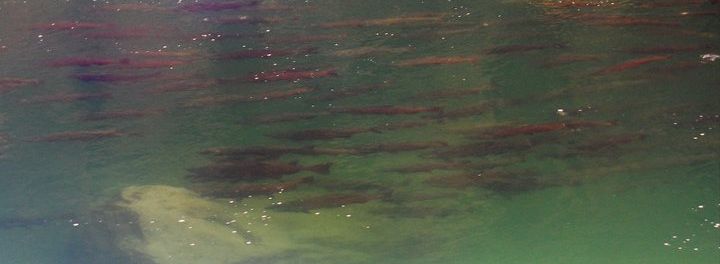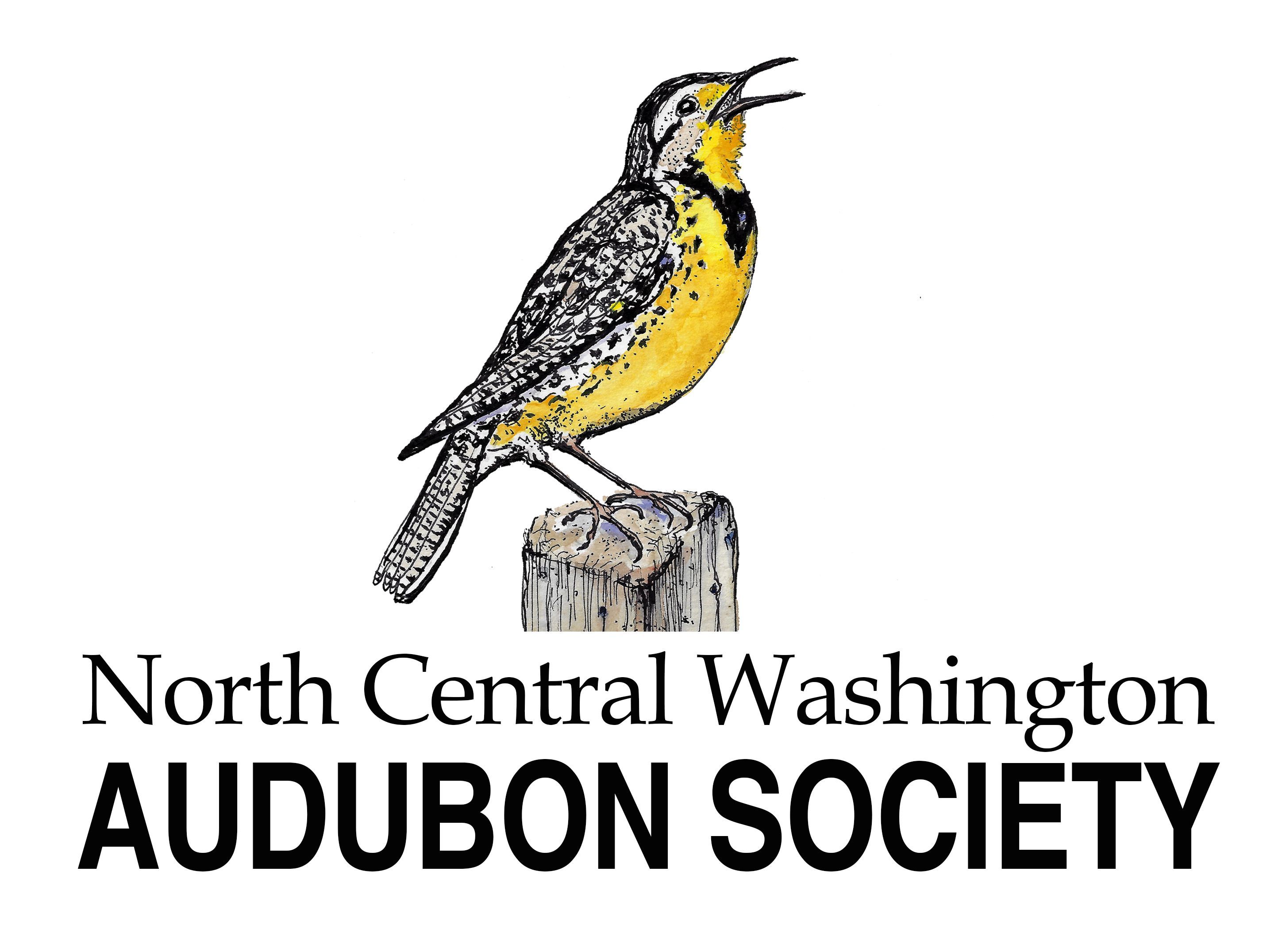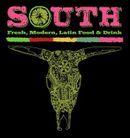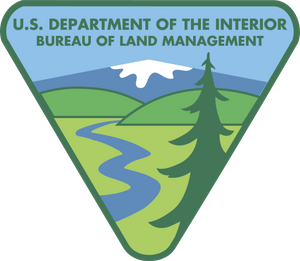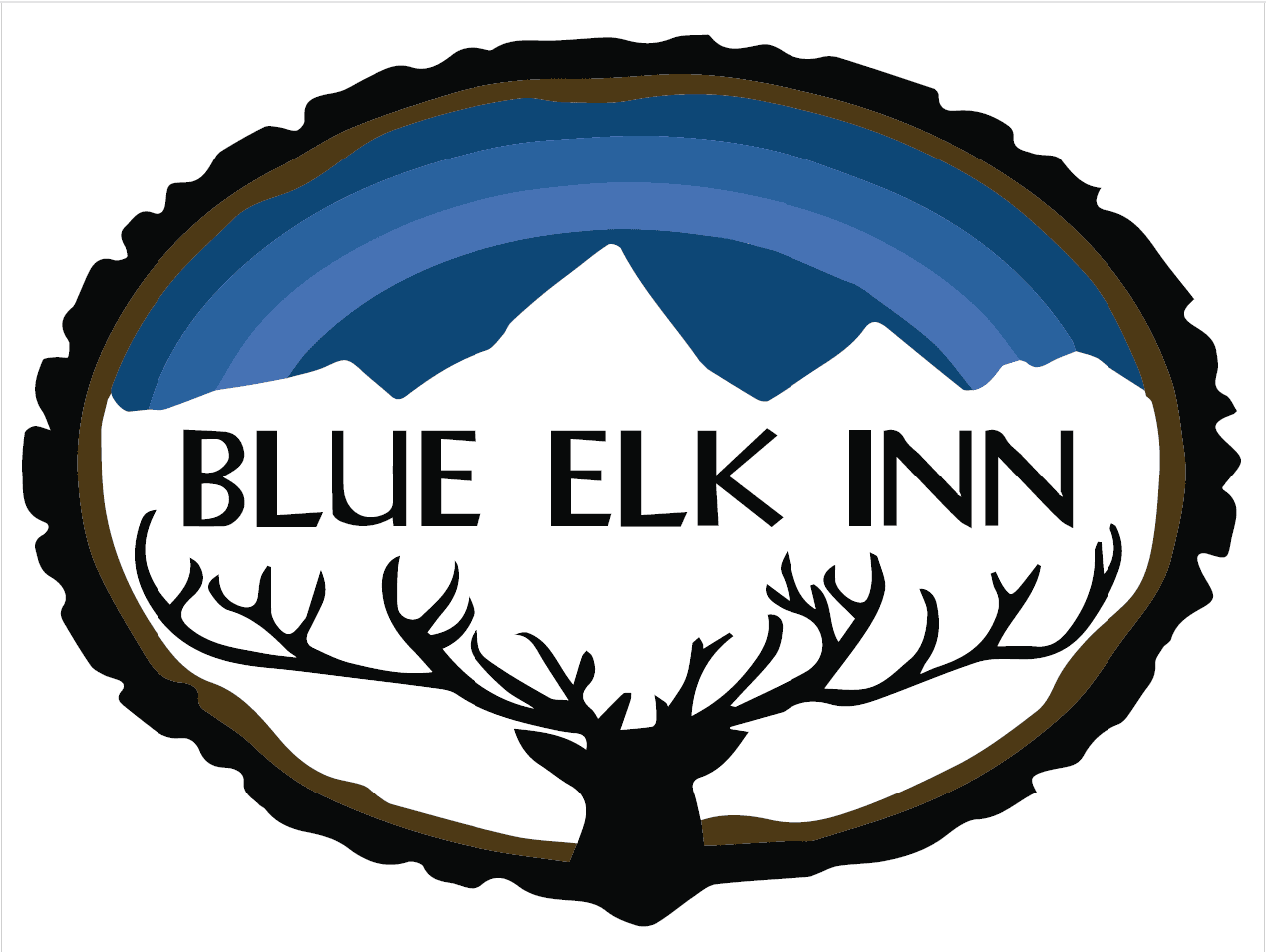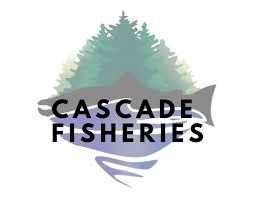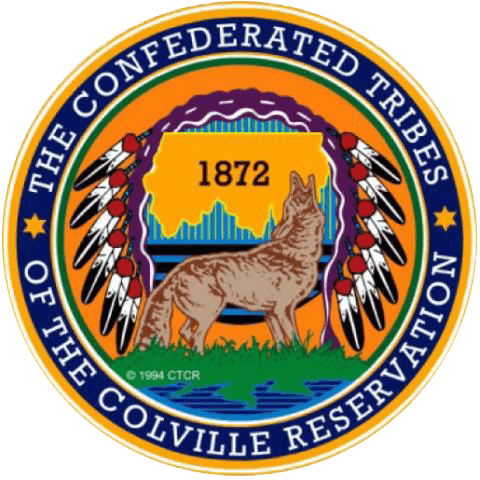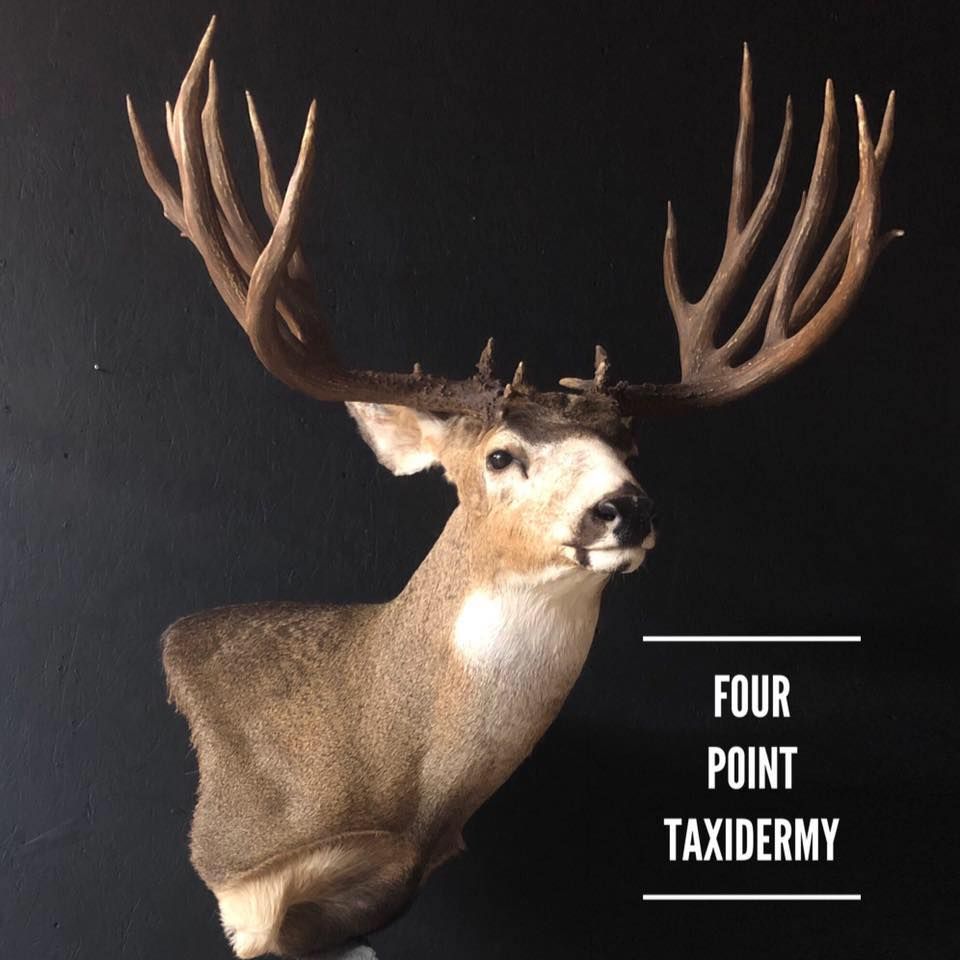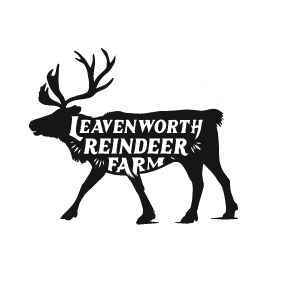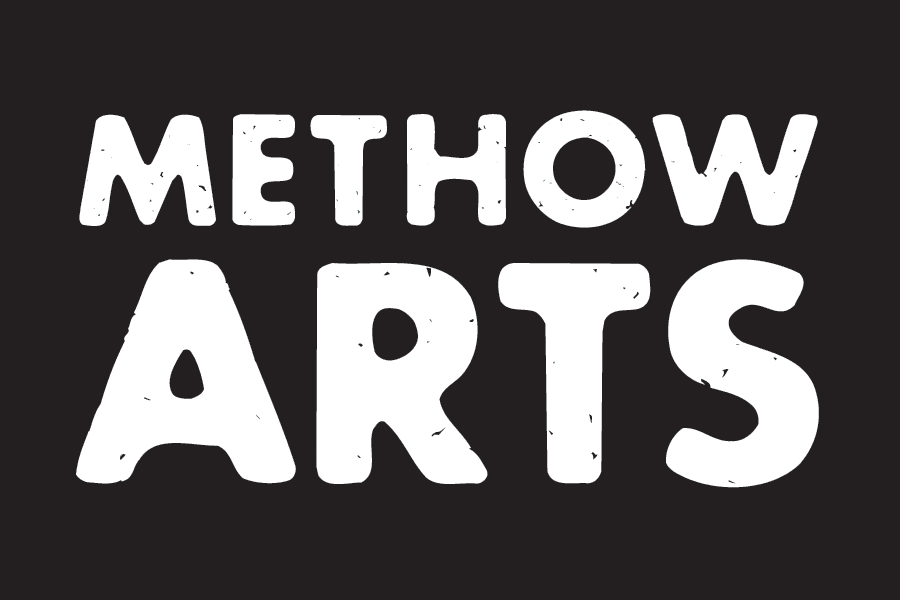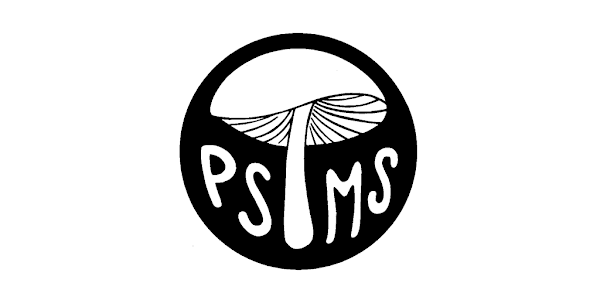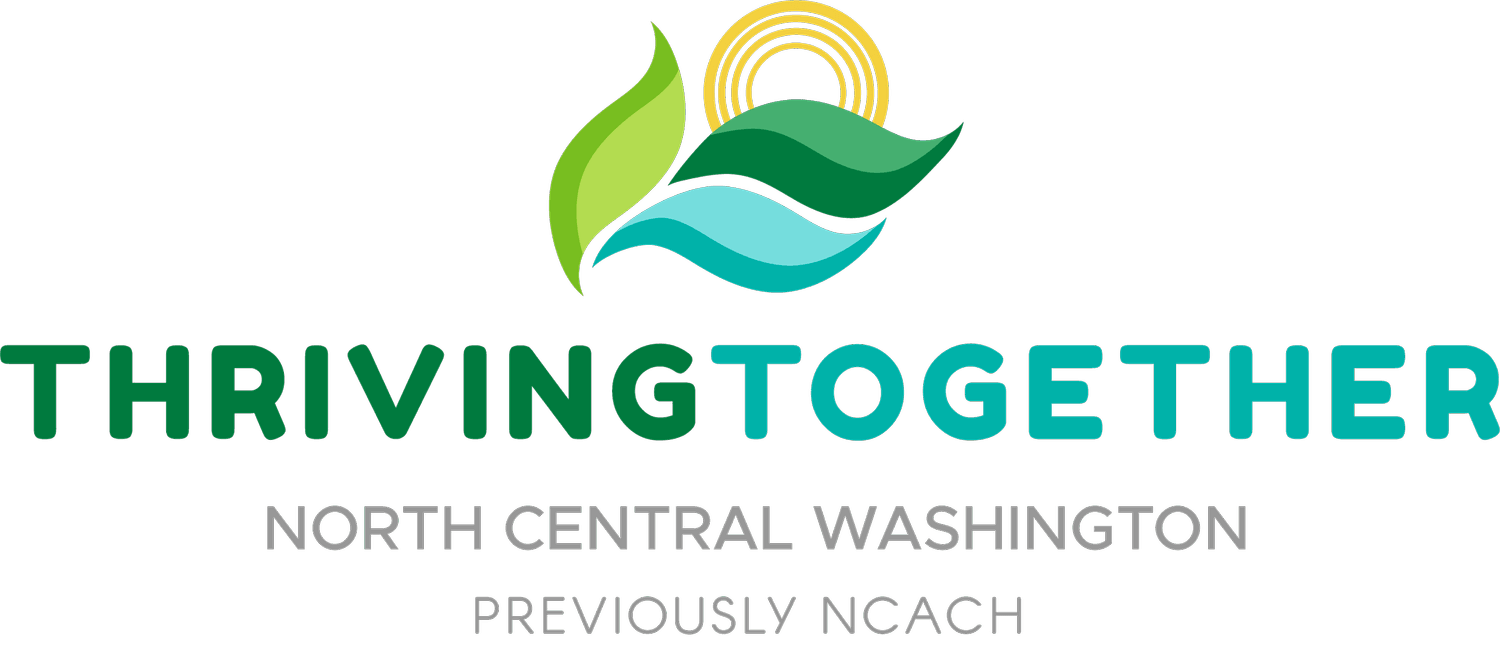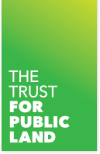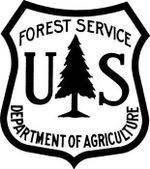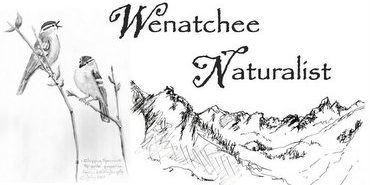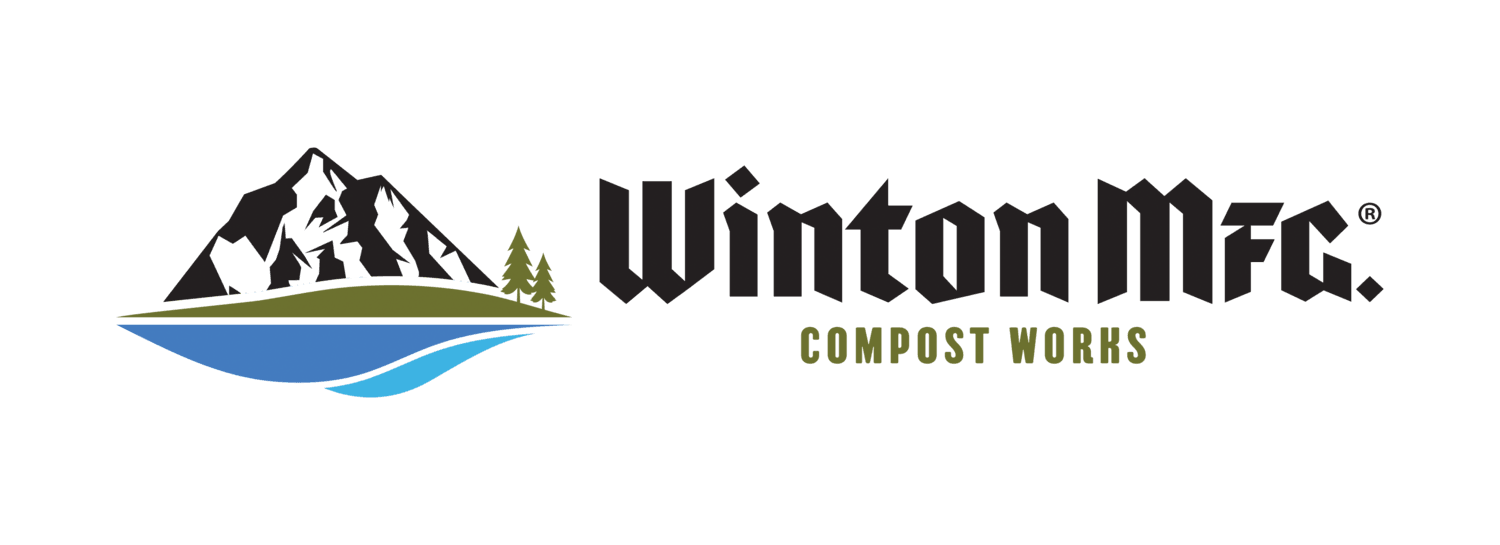Introductory Series to Wildlife Tracking

Every time we step outside of our door, there are myriad stories to be told of the comings and goings of animals in the world, and one of the oldest human capacities is to read and interpret these stories. The art and science of tracking offers a holistic ecological window into the happenings of the living world around us.
In this 3-part series, you will gain a foundational introduction to the vast world of wildlife tracking. We will explore:
• The art of inquiry and engaging curiosity in the natural world
• Basic wildlife foot physiology and morphology
• Clear print identification
• Concepts in behavior and wildlife sign interpretation
• How wildlife interacts with landscapes
Limit of 30 participants. You can sign up for individual classes or the whole series.
Cost: $15 per class, $32 (members) whole series, $40 (non-members) whole series
Each of the session will be online and last for 75-90 minutes. We will cover three core concepts of wildlife tracking:
February 16th - The Tracking Mindset
This session will introduce basic concepts of wildlife tracking, the different specific practices within the greater tracking skillset, and how to get into the mind of a tracker. We will discuss some key questions a tracker should always be asking and provide a couple of frameworks that help you think about the landscapes we are exploring in a new way.
March 16th – Foot Morphology and Track Identification
This session will dive into the world of animal foot morphology and how physiological structures tell us deeper evolutionary stories about how animals are related to each other, and how they relate to their landscapes. Studying these concepts ultimately gives us the tools to walk up on a set of tracks and begin the process of figuring out who left them.
April 20th – Sign Tracking and Ecology
In this final session, we will look at all the ways that animals leave “tracks” on the landscape that are not just from their feet. Sign tracking involves taking a larger ecological perspective into all of the ways animals go about their daily lives in the world. This practice brings us into the fuller story of the ways that animals use the landscape, and that the landscape has shaped them.
Environmental educators, naturalists, outdoor leaders, or simply amateur naturalists are who have been interested in reading the stories left behind on the landscape are sure to find this 3-part series fun and engaging.
Instructor Bio:
Marcus is a naturalist, educator, facilitator, and photographer. He has worked in wilderness education, outdoor leadership, and conservation for numerous organizations and communities across North America and Europe. He is engaged in telling stories that bring to light and life, the complexity of humans living in the 21st century. Marcus currently lives in the Snoqualmie Valley in Washington State, just east of Seattle. He is the Lead Instructor for an internationally renowned environmental leadership immersion program for adults at the Wilderness Awareness School in Duvall, WA, and is also an evaluator with Cybertracker Conservation, an organization dedicated to providing leading edge assessment and certification in the art and science of wildlife tracking across the globe.

